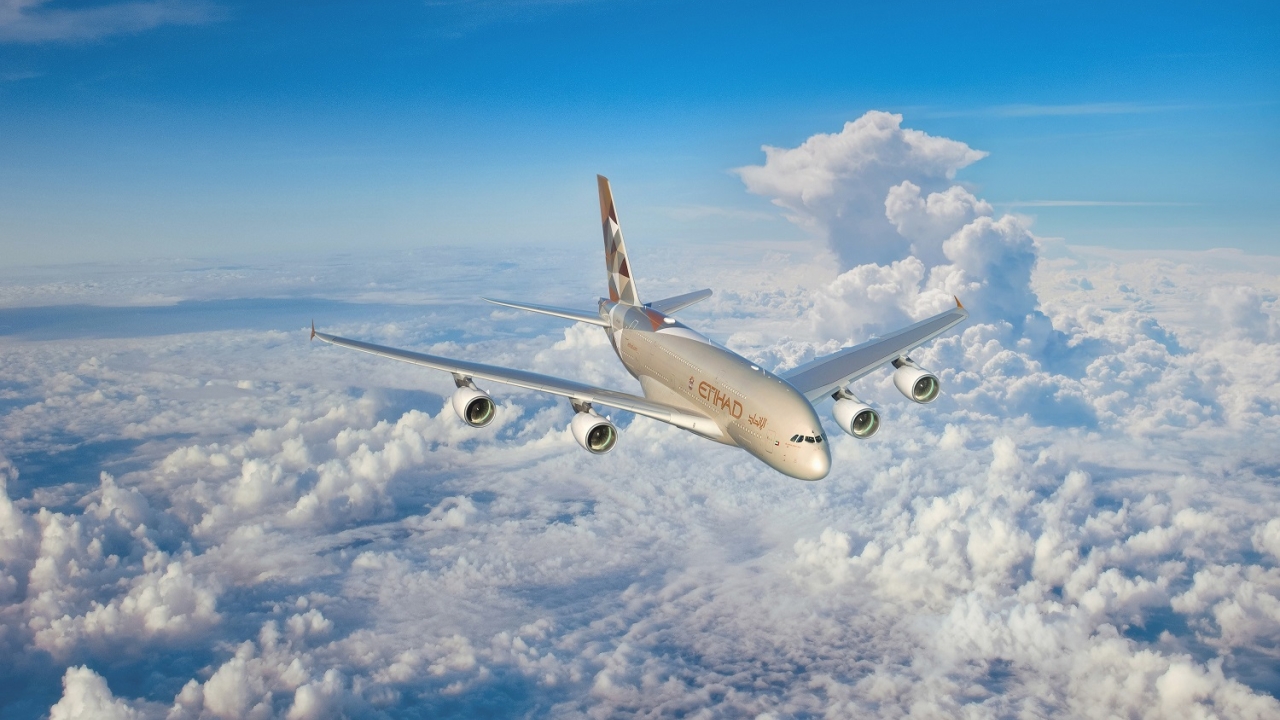Passenger confidence is vital for the MAX to return
After being grounded for almost a year, the Boeing 737MAX is being tested and prepared for re-entry to service. Boeing’s managing director for sub-Sahara Africa, João Miguel Santos, talks to Alan Peaford.

The terrible events of March 9 2019, when the Boeing 737MAX operated as Ethiopian Airlines ET309 entered its fatal dive, made an impact not just on the families and friends of those killed, nor the airline and, indeed, the African aviation community – but also may have changed the way new aircraft are brought to market.
For Boeing, the effect has been devastating and has badly affected everyone involved with a company whose aircraft are the backbone of Africa’s airline industry.
João Miguel Santos, a 40-year veteran with the American manufacturer, is more subdued than usual.
“Let me say first and foremost it has been a difficult year,” Santos said. “We are truly, truly sorry for what has happened and we hope it will never happen again. We are taking all the measures that we possibly can, as well as working with the regulators and working with the airlines to make sure that it never happens again.”
Santos is confident that the 737MAX will be back and continuing as the fastest-selling aircraft in airline history.
“For the airlines, it has been seen as a technical issue and these get resolved. However, as the grounding drags on for longer than expected, there are more questions being raised, maybe in the marketplace, not necessarily with my customers, but with the confidence level that passengers will have to fly the aeroplane.”
Santos believes that with all of the work that has gone on during the grounding period – with software indicated as the cause of the accident – as well as the reviewing of other systems, then once re-certificated the MAX should be the safest aircraft flying.
“We are working with the operators, their pilots and cabin crew – the people who will fly in the aircraft every day – we want them to assure their customers that the MAX is safe,” he said.
“In a survey in Africa we found that passengers trust the regulators and the pilots.”
Santos is excited about the prospect of more MAX aircraft in Africa and believes that there are more airlines waiting to place orders.
Speaking at the AFRAA annual meeting in Mauritius, he had also argued that airlines should be looking at comfort – particularly as modern aircraft are going further and, as a result, flights are longer. Narrow-bodies like the MAX and the A321 will fly missions that were historically carried out by wide-body aircraft and the wide-bodies, like 777X and the A350XWB, will conduct routes that used to be two separate flights.
“I was on the aircraft that did the world record 22 hours seven minutes; I was giddy when I landed. We are flying longer,” he said.
“We work closely with airlines when we design an aircraft but we don’t control the interiors and, increasingly, there is a push to get more seats in. I think there is a point where we have to somehow find a way to establish a certain set of parameters that you cannot go beyond.”
Santos is a firm believer in the potential for Africa and is hopeful that the latest single African air transport market (SAATM) will be more successful than its predecessor, the Yamoussoukro Declaration (YD) – the original open skies agreement that celebrated its 20th anniversary in November… but has still not been implemented.
“People keep celebrating the signing of the YD but I find that a bit ridiculous. Why are you celebrating something that you’ve signed, but you have never been able to implement?
“I'm tired of hearing about it. We were at the African Union for the launch of SAATM and I truly hope it can bring open skies to Africa. But there is a way to go. They need to find a way to start working together to develop the marketplace in a way that we actually have true open skies.
“You know, it’s not easy to compare Africa with the US, or even Europe, but you can compare with Latin America. They had many different airlines many years ago but today it’s just three major airlines. They all combined and can provide the consumer a better product, meaning, more frequencies at a lower price.”
Stay up to date
Subscribe to the free Times Aerospace newsletter and receive the latest content every week. We'll never share your email address.

